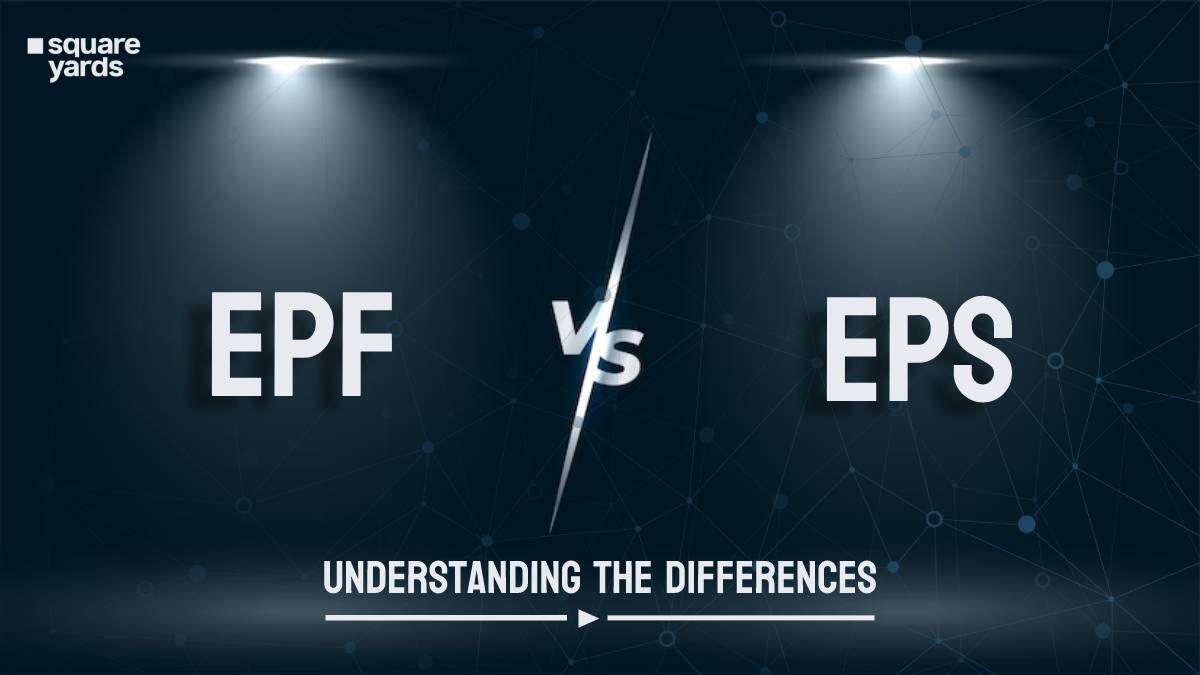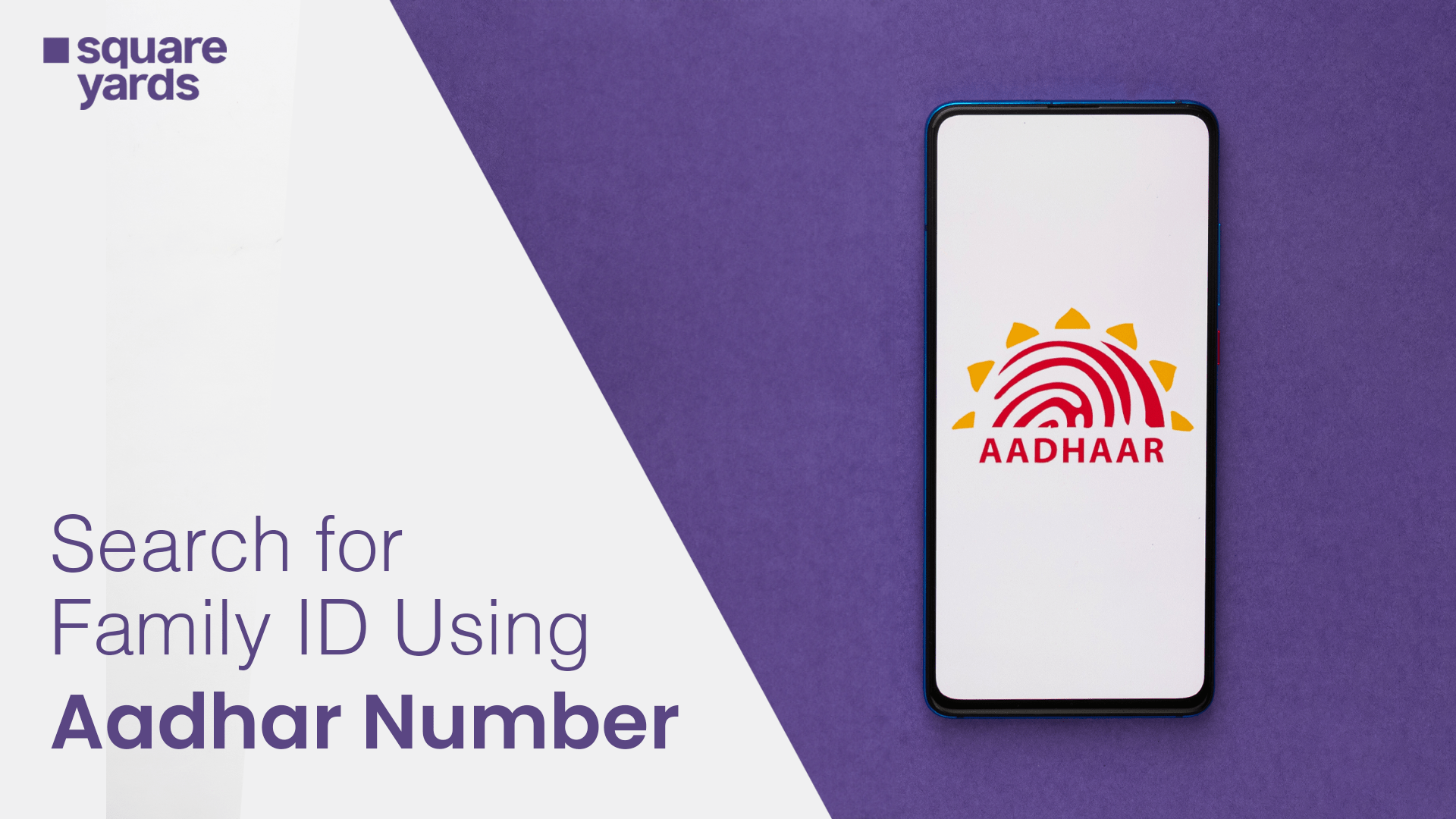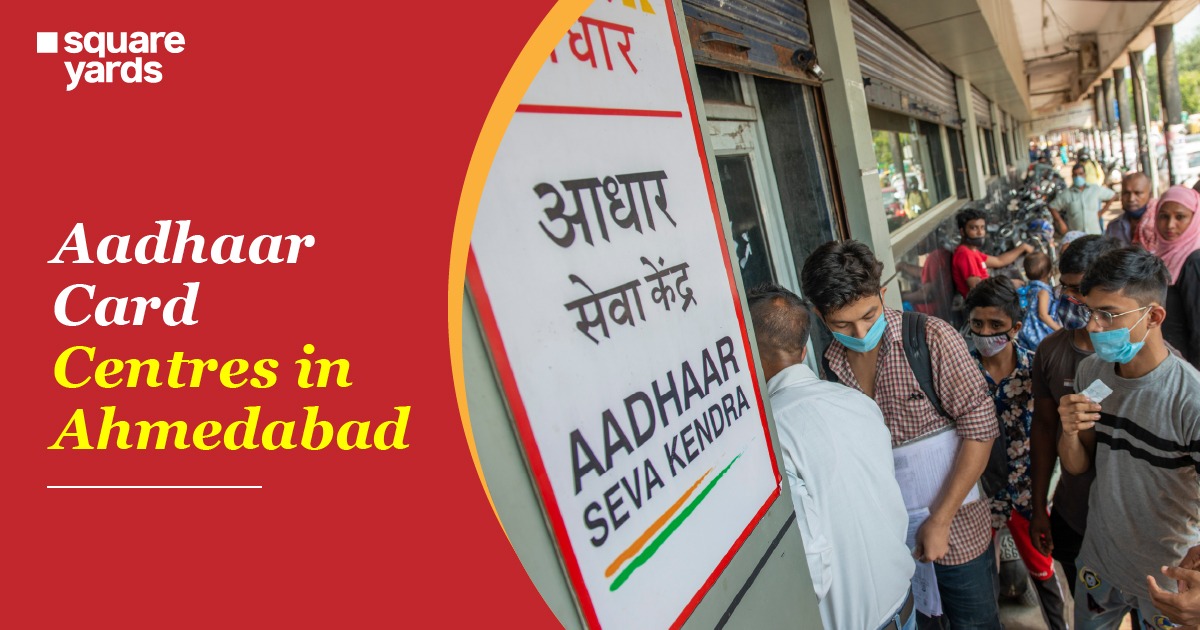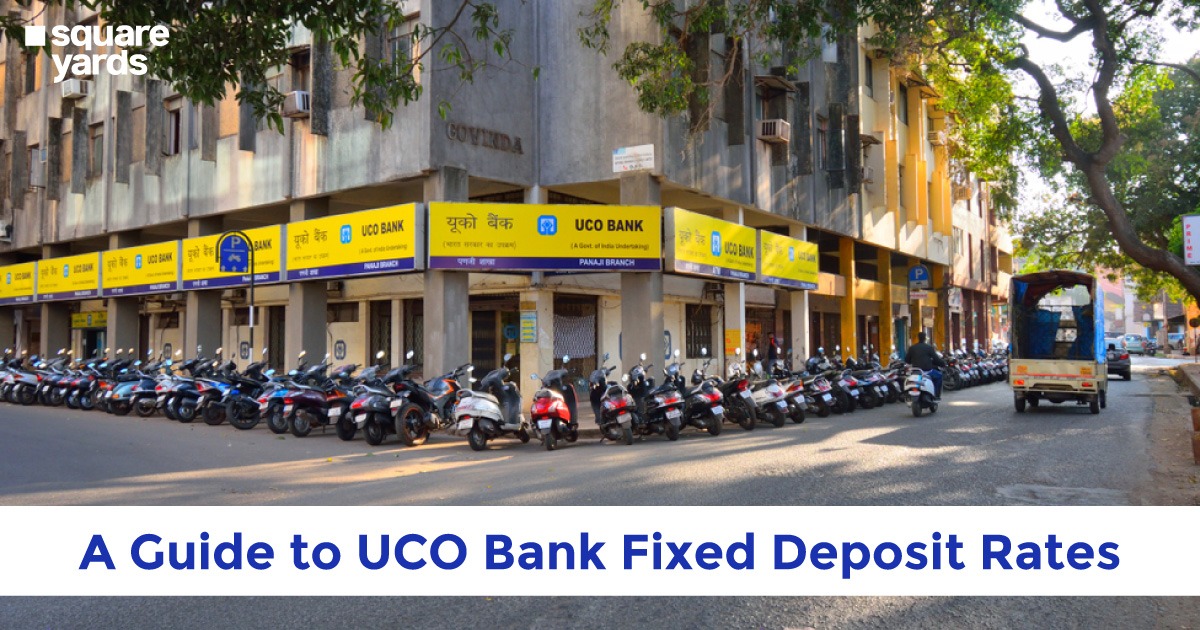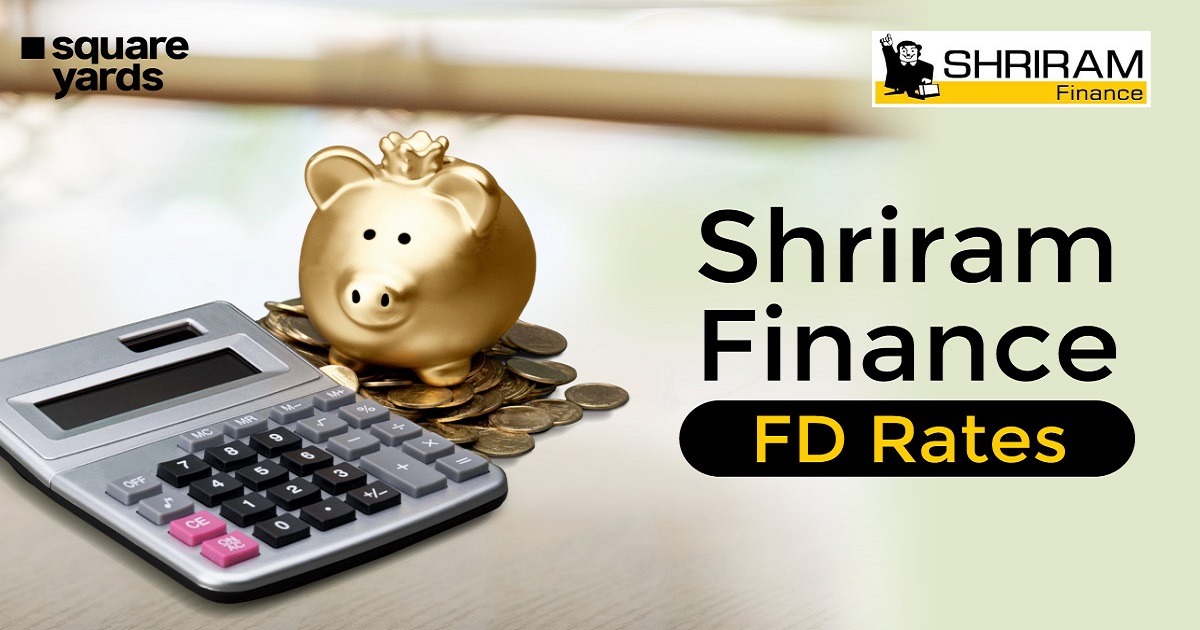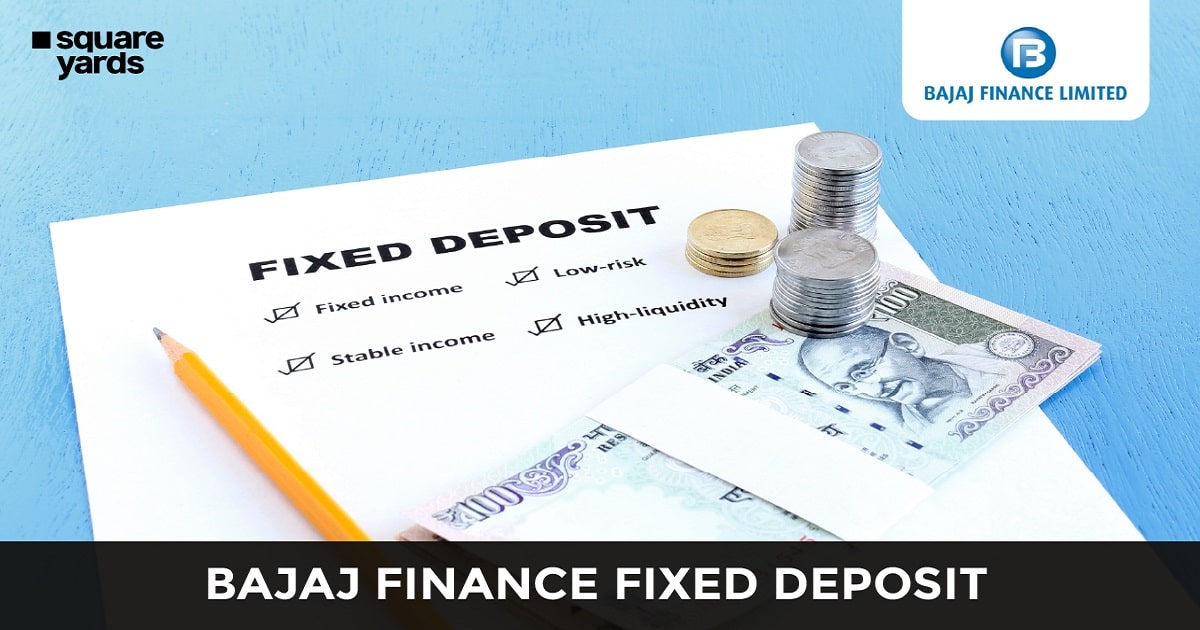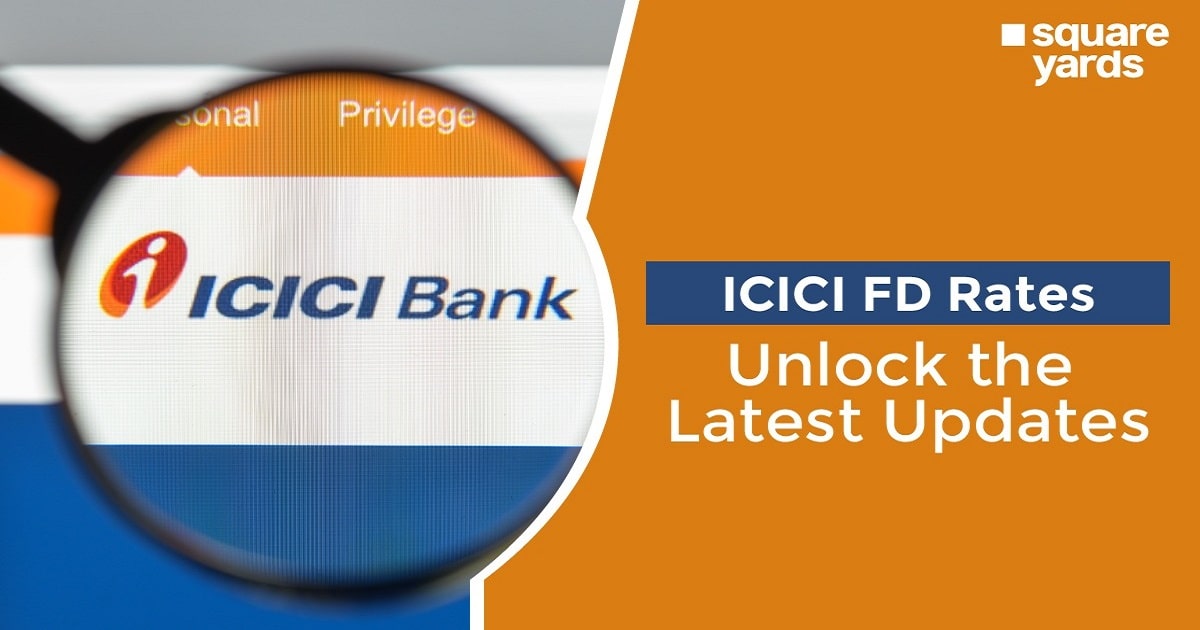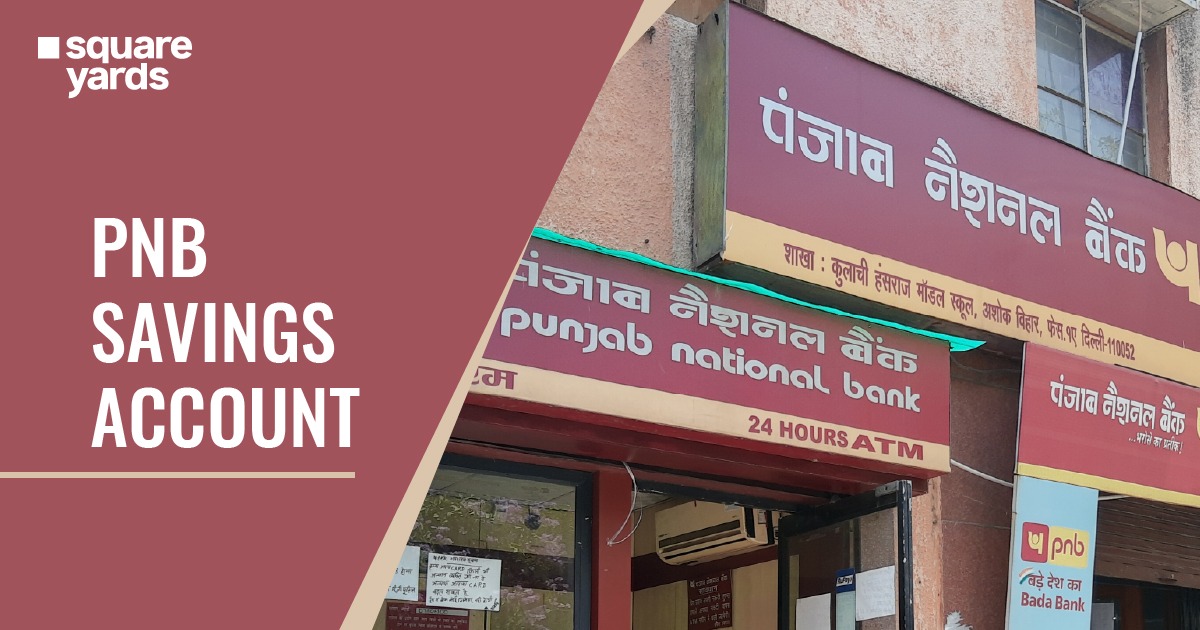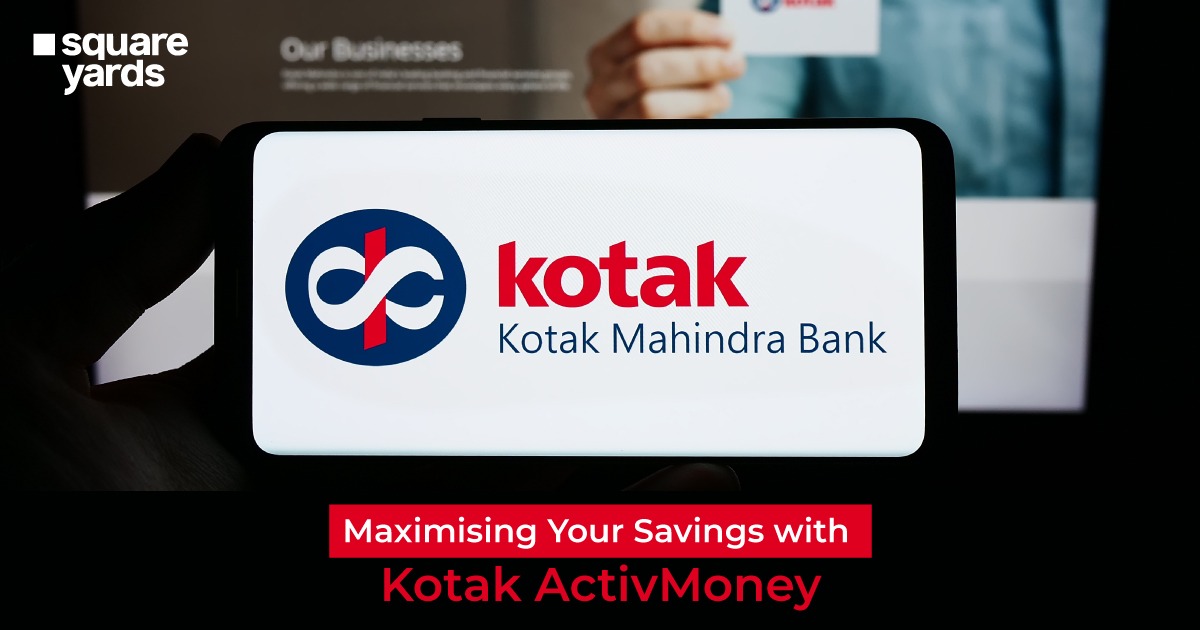Both EPF and EPS are regarded as India’s most well-liked long-term savings plans and offer a variety of advantages. Both have guaranteed investment returns and were created by the Indian government for paid workers. The majority of people mistake EPF for EPS. Employee Provident Fund (EPF) and Employee Pension Scheme (EPS) are two savings programs launched by the Indian government to encourage workers to save money aside for their retirement. Both the company and the employee are required to contribute to a retirement corpus. We hope that this essay clarifies the distinction between EPS and EPF.
The Employee Pension Plan and Employee Provident Fund have the following main distinctions in common.
| Differentiation Point | EPF (Employee Provident Fund) | EPS (Employee Pension Scheme) |
| Applicability | Every organization with more than 20 employees is subject to the EPF. | Individuals who are EPFO members are subject to the Employee Pension System (Employee Provident Fund Organisation). Also, they make contributions to the EPS account. |
| Eligible Employees | It is required for salaried workers making up to ₹15,000. Also, workers earning more than 15,000 per month can contribute voluntarily. | Workers earn up to 15,000 in pay plus a dearness allowance. |
| Contribution of an Employee | Employee contributions is equal to 12% of their base salary and dearness allowance. | Nil |
| Contribution of an Employer | Employer contributions totals 12%. Nevertheless, 3.67% of the employer payment goes to the EPF. The Employee Pension Plan receives the remainder as contributions. | 8.33% of both the basic pay and the dearness allowance. |
| Limitation on Contributions | The largest contributor is 12 percent of 15,000 each month. | The requirements must be capped at 8.33% of the first 15,000 in pay. |
| Minimum or Maximum Limit on Deposit | A fixed 12% of the payment is deducted as the contribution. | Similar to the above |
| Age of Withdrawal | After the age of 58 or after being inactive for a duration of at least more than two months, you may withdraw. | At reaching the age of 58, you will start receiving the pension. |
| Interest Rate | At the conclusion of the fiscal year, interest is figured monthly and paid. The interest rate is determined by the government and is constantly revised. | Nothing is charged in the way of interest. |
| Withdrawal | After 58 years or following a period of two months without employment, from the account. | Only people over the age of 58 are eligible for pensions. |
| Premature Withdrawal | In specific circumstances, such as marriages, a child’s schooling, loan repayment, unemployment, etc., partial withdrawal is permitted. Also, the entire EPF amount may be withdrawn. | After 50, one is eligible for an early pension. Also, if you turn 58 or your service is finished in fewer than ten years, you may withdraw a lump sum of money early. Also, the amount that can be withheld is based on the number of years of service. |
| Financial Benefits | After retirement, the entire amount plus interest may be withdrawn. | A lifetime pension is offered by EPS. The pension will be provided to the member’s nominee in the event of his death. |
| Tax Benefits | Employee involvement may be deducted up to 1.5 lac. | There is no tax break acceptable, provided there is no employee contribution. |
| Tax Applicable | You won’t pay taxes on the interest you receive from the EPF. All contributions that exceed 2.5 lakhs, however, are subject to tax. They will take a 10% TDS from your withdrawal of the EPF balance before the five-year period has passed. | Your pension and lump sum payments will be taxed when you receive them. |
Table of contents
What is EPF and How Does it Work?
The Workers Provident Fund & Miscellaneous Provisions Act of 1952 established the eligibility requirements for the EPF system, a mandated program for corporations that meet certain requirements. It is a requirement that both the company and the employee contribute to a retirement corpus. In accordance with this program, a set portion of each employee’s monthly income is paid into an EPF account each month, along with an equivalent contribution from the employer.
Currently, the employer matches 12% of the employee’s basic income plus a dearness allowance in contributions. Employees Provident Fund Organization (EPFO), a statutory organization under the Ministry of Labour and Employment, manages the EPF contribution.
One investment that will grow in value over time is the EPF contribution. Every year, the government of India announces the interest rate on EPF, which is currently fixed at 8.5%. Both employee and employer contributions are interest-bearing in the EPF account.
EPF Eligibility Conditions
Indian workers who retire have financial stability thanks to the Employment Provident Fund (EPF), a social security program. An employee must fulfill the requirements listed below in order to be eligible for EPF:
The following criteria apply to EPF eligibility:
- A company must compulsorily register with the Workers’ Provident Fund Organization of India if it has more than 20 employees.
- Businesses with less than 20 employees may voluntarily enroll in the Employees’ Provident Fund.
- Everyone who receives a wage is eligible for the EPF.
- Also, enrolling in the EPF is required of all employees making less than 15,000 per year
- Employees who make more than 15,000 rupees per year might elect to remain in the EPF program.
Employees who meet these eligibility requirements can use the EPF program to secure their financial future.
Benefits of EPF
Employee Provident Fund is a long-term investment that offers you many advantages, including
- Permanent PF
- Mortgage and other loans repayment
- Totally free insurance services
- Partial disengagement in times of crisis
- Pension arrangement
What is EPS and How Does it Work?
The proposal stipulates that when employees in the organized sector retire at age 58, they will get a pension. To be eligible for the benefits of the system, the individual must have worked for at least 10 years, though this period does not need to be continuous. According to the plan, the employer and employee each make an equal contribution to a pension fund with respect to the employee’s base salary and dearness allowance. Both the employer and the employee contribute 8.13% of the employee’s salary to the pension fund. Monthly donations are made to the fund, and interest is paid on any money accrued there.
Following retirement, the plan provides the employee with a monthly income and a lump sum payment to the nominee in the event of death. The financial impact of the pension is influenced by the employee’s length of service and the average income earned during their first 12 months of employment.
EPS Eligibility Conditions
The following list includes the requirements for receiving pension benefits:
- The person needs to belong to the EPFO.
- At least ten years of service must have been accomplished by the individual.
- Minimum age of 58 years must have been reached by the applicant.
- Those who postpone the pension period until they reach the age of 60 will be able to receive the pension with a 4% increase.
Benefits of EPS
The following is a list of the primary advantages of making an EPS contribution:
- Benefits from pensions are offered.
- The EPFO member is granted a lifetime pension. Pension is given to the surviving family members in the event of the member’s death.
- If an employee is out of work for two months or over, they can withdraw their entire pension.
An Overview of EPF vs EPS
The Employee’s Provided Financial & Other Provisions Act, 1952, which governs both the EPF and EPS, is administered by a central board of trustees. Employee’s Provident Fund and Employee Pension System are also referred to as EPF and EPS, respectively. Individuals can save money through the EPF system, a retirement benefits program to which the employee and employer contribute 12% of the employee’s basic salary and Dearness Allowance (DA). The EPS system, on the other hand, offers a pension to employees who are EPFO members and have made contributions to the EPS account. In the event of the employee’s death, the pension will still be paid to the nominee. The EPS system offers lifetime benefits, but the EPF scheme only offers a lump sum retirement payment.
You May Also Like
Frequently Asked Questions (FAQs)
Which is Better ,EPS or EPF?
The EPS system would provide you with a lifetime income, meanwhile, the EPF scheme would provide you with a lump sum retirement payment.
Can I Withdraw EPF and EPS?
If you quit your employment after reaching 58, you are entitled to both the full amount of your PF savings and the EPS (Employees’ Pension Scheme) benefits.
How are EPF and EPS Calculated?
EPF (Employee Provident Fund) and EPS (Employee Pension Scheme) are computed as a percentage of the employee’s base pay plus a dearness allowance. The existing EPF effective rate is 12% of the base salary + DA, which is made up of contributions from both the employee and the employer. Employees do not contribute to EPS; the employer makes contributions totaling 8.33% of the employee’s basic pay + DA, up to a monthly limit of Rs. 1,250.
Is The EPS or EPF Account Transferable?
The EPS and EPF accounts will be instantly moved to the new account.
Who Can be a Nominee for an EPS Account?
Anyone may serve as a nominee under the EPS scheme.


